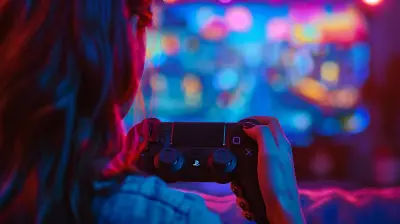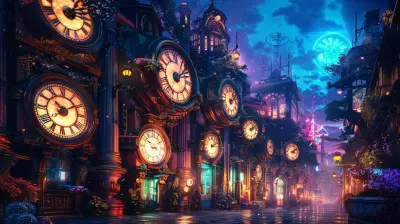What Makes a Great VR Puzzle Game? Understanding Game Design
19 May 2025
Virtual Reality (VR) is the ultimate playground for gamers who crave immersive, out-of-this-world experiences. Whether you're dodging arrows in a medieval battleground or solving intricate puzzles in a mind-bending environment, VR has pushed the boundaries of what's possible in gaming. But let me ask you this: why do VR puzzle games feel so magical? They’re not just about matching tiles or unlocking doors. No, great VR puzzle games do so much more—they make you think, act, and feel like you’re part of something bigger.
In this article, we’ll dive into the nitty-gritty of what makes a great VR puzzle game. From game design mechanics to player engagement, we’ll unravel the secrets behind this genre that’s stealing the hearts (and minds) of gamers everywhere. So, buckle up, because we're about to unlock the puzzle pieces to great VR game design! 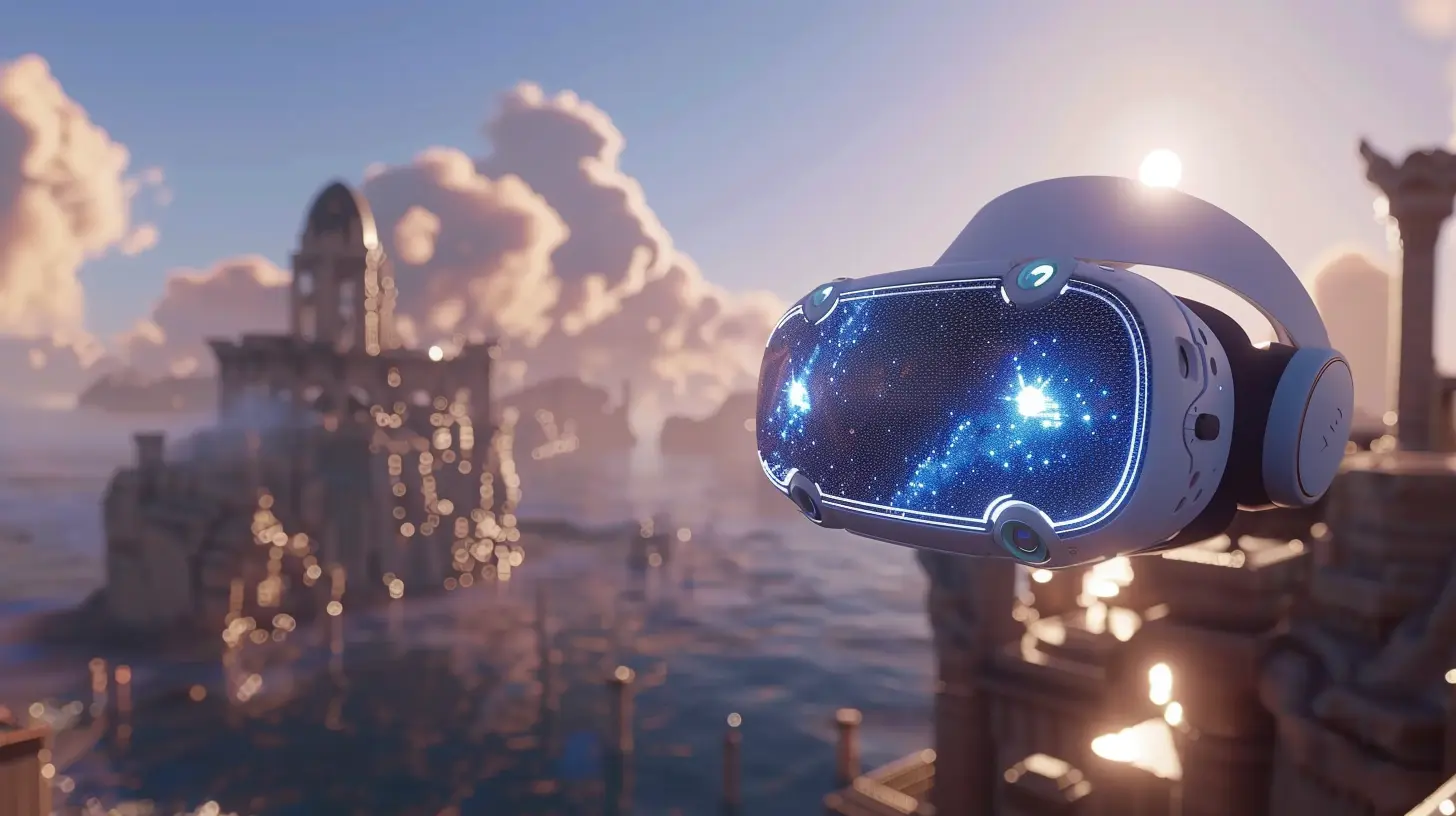
The Core Elements of a Great VR Puzzle Game
Let’s lay it all out. At its heart, a VR puzzle game revolves around three main ingredients: immersion, challenge, and reward. These elements must work hand-in-hand to create an unforgettable experience. But how do developers strike a balance? Let's break it down.1. Immersion: Pulling Players Into Another World
VR is all about escapism. A great VR puzzle game needs to make you forget you’re standing in your living room with a clunky headset strapped to your face. Immersion is king here. Without it, a puzzle game feels flat and lifeless.How do developers nail immersion? It’s all about sensory engagement. Think about tactile interaction, realistic soundscapes, and vibrant visuals. For instance, when you pull a lever in "I Expect You To Die," it makes a satisfying click sound as if you’re actually holding it. Little details like these make the environment feel alive.
Another key factor? The narrative. Believe it or not, a good story can make even the simplest puzzle feel monumental. When you’re solving a puzzle that has emotional stakes behind it, you're more likely to push through the frustration. It’s not just about solving a riddle; it’s about saving the world, escaping a haunted mansion, or finding a lost loved one (even if it’s just a virtual one).
2. The Right Level of Challenge: Finding the Sweet Spot
Let’s face it—nobody enjoys a puzzle that's so easy it feels like busywork. On the flip side, if something is so hard that it makes you rage-quit, well, that’s definitely not fun either. The best VR puzzle games find the perfect balance between challenging and doable.Here’s a pro tip developers follow: they ease you into the gameplay. The first few puzzles? Cakewalks. They help you get comfortable with the mechanics. Then, the difficulty curve ramps up. This gradual escalation keeps you hooked. Remember the first time you played "The Room VR: A Dark Matter"? The initial puzzles felt like warm-ups, but by the end, you were practically a junior detective solving complex riddles.
But it’s not just about making puzzles harder; it’s about variety. Repetition is a buzzkill in puzzle games. Great design throws a mix of logic, spatial reasoning, and even physical challenges your way. This keeps the brain firing on all cylinders.
3. Rewards: Because Accomplishments Matter
Let’s not pretend we don’t crave a little pat on the back when we do something awesome. Rewards are a big deal in VR puzzle games. They give you that sweet dopamine hit that keeps you coming back for more.Rewards don’t always have to be shiny coins or treasure chests, though (although we love those too). It could be an “aha!” moment when a tricky puzzle finally clicks. Or maybe it's a cinematic cutscene that reveals a juicy piece of the story you've been dying to unravel. Games like "Tetris Effect: Connected" do this beautifully by blending visual and audio rewards that make your brain light up like a Christmas tree. 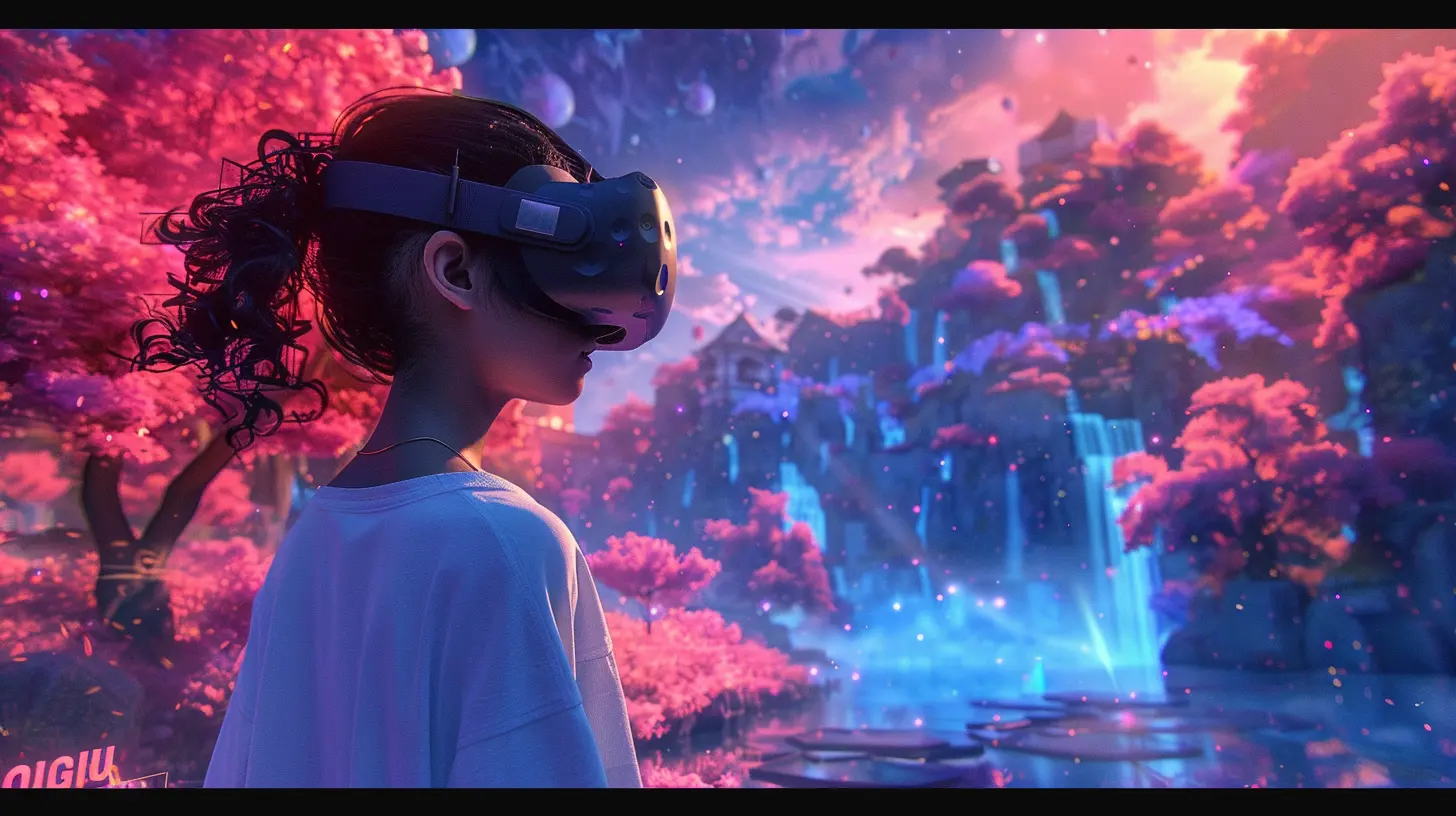
Unique Challenges of Designing for VR
Okay, so here’s the deal: VR puzzle games aren't just 2D games slapped onto a virtual platform. They come with their own set of unique challenges that developers have to tackle.Motion and Interaction
First off, VR isn’t a couch experience. You’re not idly clicking buttons on a controller—you’re in the game. This adds an extra layer of complexity to puzzle design. For instance, developers have to think about how players physically interact with objects. Is the motion intuitive? Does it feel natural?Let’s take the VR classic "A Fisherman's Tale." In this game, you manipulate a miniature version of the room you’re standing in to solve puzzles. It’s such a clever use of VR space that you can’t help but feel like an engineering genius when you figure out a tricky puzzle.
But here’s the catch: VR motion can also lead to motion sickness if not done right. Nobody wants to solve puzzles while feeling queasy, right? Developers have to carefully balance the movement to make sure it’s smooth and comfortable.
Engaging All the Senses
VR has the potential to engage more senses than traditional gaming. But that also means there’s more room for error. For instance, if the sound design is off—let's say footsteps sound hollow when they’re supposed to be muffled—it can shatter the immersion.Games like "Moss" nail this by blending lush visuals with atmospheric audio that actually makes you feel like you’re part of their enchanting world. You’re not just solving puzzles; you’re living them. 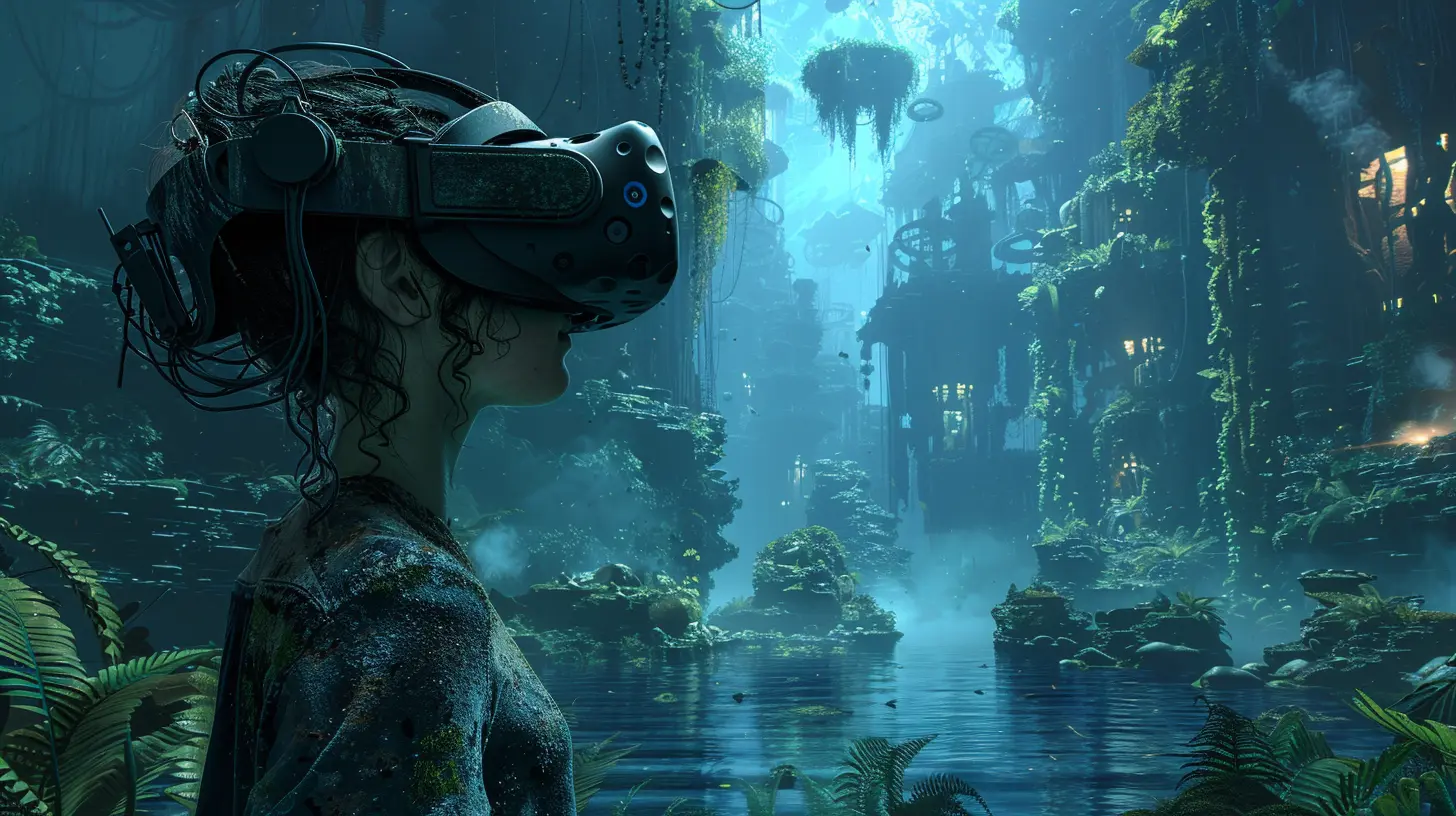
What Truly Stands Out in Great VR Puzzle Games?
Alright, let’s get into the fun part—the secret sauce. What makes a VR puzzle game unforgettable?1. Creative Use of VR Mechanics
Let’s be honest—if a VR game could exist just as easily on a traditional screen, it’s missing the point. The best VR puzzle games use the platform’s unique abilities to their advantage.For example, in “Keep Talking and Nobody Explodes,” one player wears the VR headset to defuse a bomb, while the other players give instructions using a manual. It’s chaotic, hilarious, and something you couldn’t replicate on a flat screen.
2. Emotional Connection
Ever noticed how the best puzzles make you feel something? Whether it’s awe, fear, or even nostalgia, emotional connection takes a puzzle game from good to phenomenal.Look no further than “Red Matter,” which blends puzzles with a gripping story about espionage and isolation. The puzzles aren’t just brainteasers—they’re part of a larger narrative that makes the entire experience memorable.
3. Replayability
Let’s be real—puzzle games with no replay value are like one-hit wonders. Fun for a while but forgettable later. Great VR puzzle games include Easter eggs, multiple solutions, or hidden collectibles to keep you coming back."Superhot VR" is a prime example. While not a traditional puzzle game, its time-stop mechanics feel like solving a real-time puzzle. And let’s not even talk about how satisfying it is to play levels in different ways. 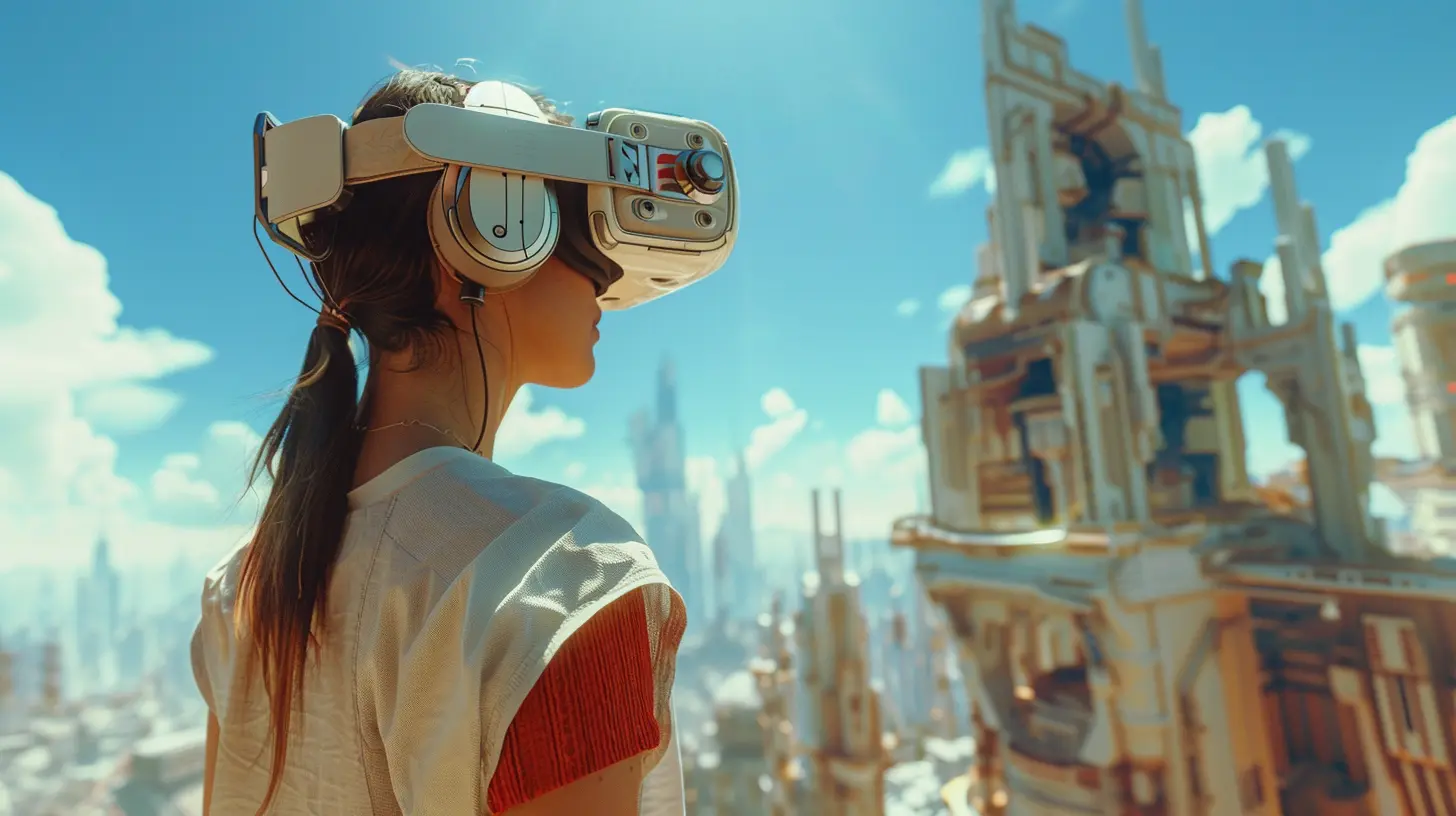
Looking Ahead: The Future of VR Puzzle Games
So, where is this genre headed? With advancements in VR hardware and AI, we’re on the brink of some seriously groundbreaking stuff. Imagine puzzles that adapt to your skill level or environments powered by machine learning that change based on how you solve puzzles.And let’s not forget about multiplayer. Shared VR spaces could revolutionize puzzle games by letting you collaborate (or compete) with friends in real-time. Just imagine a VR escape room where you and your squad have to combine skills and thinking to make it out alive.
Conclusion: The Perfect Blend of Art and Science
At the end of the day, a great VR puzzle game is like a perfectly tuned orchestra. Every note—be it immersion, challenge, or reward—needs to play in harmony. It’s a genre that thrives on creativity, balancing logic with emotional depth, and keeping players engaged every step of the way.Whether you’re a hardcore gamer or just dipping your toes into VR, a well-designed puzzle game has the power to challenge you, captivate you, and leave you grinning ear to ear when you figure out that last piece of the puzzle. So, next time you pick up that VR headset, keep an eye out for these elements. Chances are, they’re what keep you hooked.
all images in this post were generated using AI tools
Category:
Virtual RealityAuthor:

Whitman Adams
Discussion
rate this article
3 comments
Zeal McKinstry
A great VR puzzle game thrives on immersive design, intuitive mechanics, and engaging storytelling. By seamlessly integrating challenging puzzles with the virtual environment, developers can create captivating experiences that truly leverage VR's potential. Ultimately, the goal is to evoke curiosity and inspire players to think critically and creatively.
June 7, 2025 at 5:01 AM

Whitman Adams
Thank you for your insightful comment! You’ve captured the essence of what makes VR puzzle games truly engaging—immersive design and innovative mechanics are key to fostering curiosity and critical thinking in players.
Zeth McCabe
Great VR puzzle games spark creativity and challenge, transforming players into brilliant problem solvers!
May 25, 2025 at 5:05 AM

Whitman Adams
Thank you! Indeed, a great VR puzzle game not only engages players but also enhances their creative thinking and problem-solving skills.
Amanda Willis
Unlocking fun and creativity in VR puzzle games is like finding a hidden key! Let’s dive into the imaginative world where mind-bending challenges reign supreme!
May 24, 2025 at 3:18 AM

Whitman Adams
Absolutely! VR puzzle games offer a unique blend of creativity and challenge, making them a perfect platform for immersive problem-solving experiences. Let's explore what truly elevates them!
